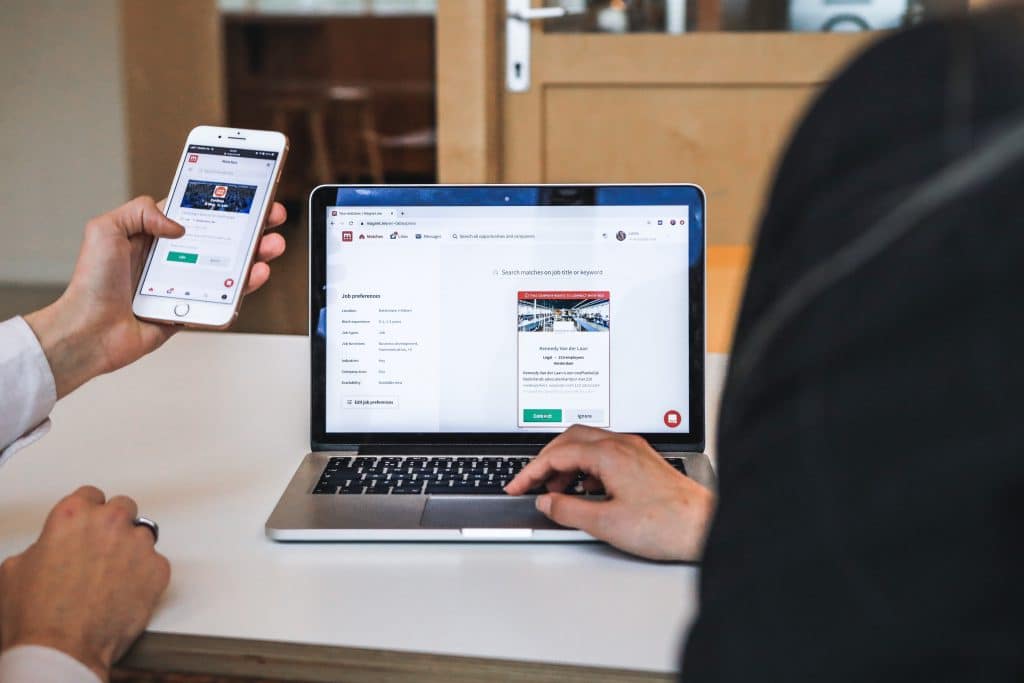Starting a website development project can seem like a daunting task, but if you follow a specific structure it can make the process much smoother. In this article, we will outline the steps you should take when starting a website development project. From setting goals and determining requirements to designing and launching the website, we will cover everything you need to know!
What is a website development project and why do you need one

A website development project is the process of creating a new website or updating an existing website. There are a number of reasons why you may need a website development project, such as:
- You want to create a new website
- You want to update an existing website
- Your website is outdated and needs to be redesigned
- You need a new website because your old website is no longer available
No matter what the reason, a website development project is necessary to get your new or updated website up and running.
Structuring your project for success
When structuring your website development project, it is important to have a clear plan and set goals. This will help ensure that the project is successful and meets your needs. Here are some tips for setting goals and structuring your project:
- Set realistic goals: It is important to set realistic goals for your website development project. This means determining what you want your website to accomplish and then setting achievable goals that align with those objectives. For example, if you want a website that generates leads, you may set a goal to increase website traffic by 25%.
- Determine your requirements: Before starting the design or development process, it is important to determine your website requirements. This includes understanding the type of website you want, the features you need, and the audience you are targeting. Doing this upfront will save time and money later on in the project.
- Create a timeline and budget: Once you have set your goals and determined your requirements, it is time to create a timeline and budget for the project. This will help you stay on track and avoid any surprises down the road. Remember to include both design and development costs in your budget, as well as any other costs associated with launching a website (e.g. hosting, domain name, etc.).

- Follow a structured process: To ensure a smooth and successful website development project, it is important to follow a structured process. This includes dividing the project into phases such as research, design, development, testing, and launch. This will help keep everyone on track and ensure that all tasks are completed properly.
- Get feedback throughout the process: It is important to get feedback from stakeholders throughout the website development process. By doing this, you can ensure that everyone is happy with the end result and that all objectives have been met.
The design process
When it comes to the design process, there are a number of things you need to consider. Here are the steps you should take:
- Define the look and feel: The first step in designing a website is to define the look and feel. This includes specifying the overall style, colors, fonts, and layout of the website. It is important to be consistent with this throughout the website so that it has a unified look and feel.
- Create wireframes: Once you have defined the look and feel, it is time to create wireframes. Wireframes are sketches of the pages and layouts of the website. They are used to help determine how the website will function and what elements will be included on each page.
- Create mockups: Once the wireframes are complete, it is time to create mockups. Mockups are finished designs of individual pages or screens for the website. They provide a more realistic idea of what the website will look like when completed.
- Finalize design: Once the mockups are finalized, it is time to finalize the design of the website. This includes incorporating feedback from stakeholders and making any necessary changes.
- Develop site functionality: Now that the design is complete, it is time to develop the functionality of the website. This includes coding all of the pages and adding interactivity where needed.
- Test site: Once the functionality is complete, it is time to test the website. This includes testing all pages and features to make sure they are working properly.
- Launch site: Finally, once all testing is complete, it is time to launch your new website!
Content creation

When it comes to creating content for a website, there are a few things you need to keep in mind. Here are the steps you should take:
- Determine the content strategy: The first step is to determine the content strategy. This includes figuring out what content will be included on the website and how it will be organized. This can be done by creating a content calendar or by brainstorming ideas.
- Create content: Once the content strategy is in place, it is time to start creating content. This includes writing articles, uploading images, and creating pages. It is important to be consistent with this so that the website remains up-to-date.
- Monitor and revise: As the website grows, it is important to monitor and revise the content as needed. This includes adding new content, deleting old content, and making changes as needed.
Website launch and post-launch activities
Once the website is launched, it is important to continue updating and maintaining it. This includes adding new content, deleting old content, and making changes as needed. It is also important to track website analytics to see how the website is performing and make necessary changes.
Additionally, after the website launch it is important to promote it online and offline. This can be done by creating marketing materials such as a website banner, setting up social media profiles, and distributing flyers/brochures. By doing this, you can increase traffic to the website and help it grow!
Maintaining your website

Maintaining your new website can be a daunting task, but if you follow a few simple steps it can be a breeze. Here are some tips for maintaining your website:
- Update content regularly: One of the most important things you can do to maintain your website is to update the content regularly. This includes adding new articles, images, and pages, as well as deleting old content. By doing this, you can ensure that the website remains up-to-date.
- Monitor website analytics: Another important thing to do is to monitor website analytics. This includes tracking how many visitors the website is receiving, what pages are being visited, and how long people are staying on the site. By doing this, you can make necessary changes to improve the performance of the website.
- Promote your website offline and online: Finally, it is important to promote your website offline and online. This can be done by creating marketing materials such as a website banner, setting up social media profiles, and distributing flyers/brochures. By doing this, you can increase traffic to the website and help it grow!
Growing your website
Growing your website is essential to its success. By promoting it online and offline, you can increase traffic and help it grow. Additionally, by updating the content regularly and monitoring website analytics, you can ensure that the website remains up-to-date and successful.
Conclusion

A website development project can be a daunting task, but if you follow a specific structure it can make the process much smoother. In this article, we outlined the steps you should take when starting a website development project. From setting goals and determining requirements to designing and launching the website, we covered everything you need to know! Additionally, after the website launch it is important to continue updating and maintaining it. By doing this, you can ensure that your website remains up-to-date and successful.



